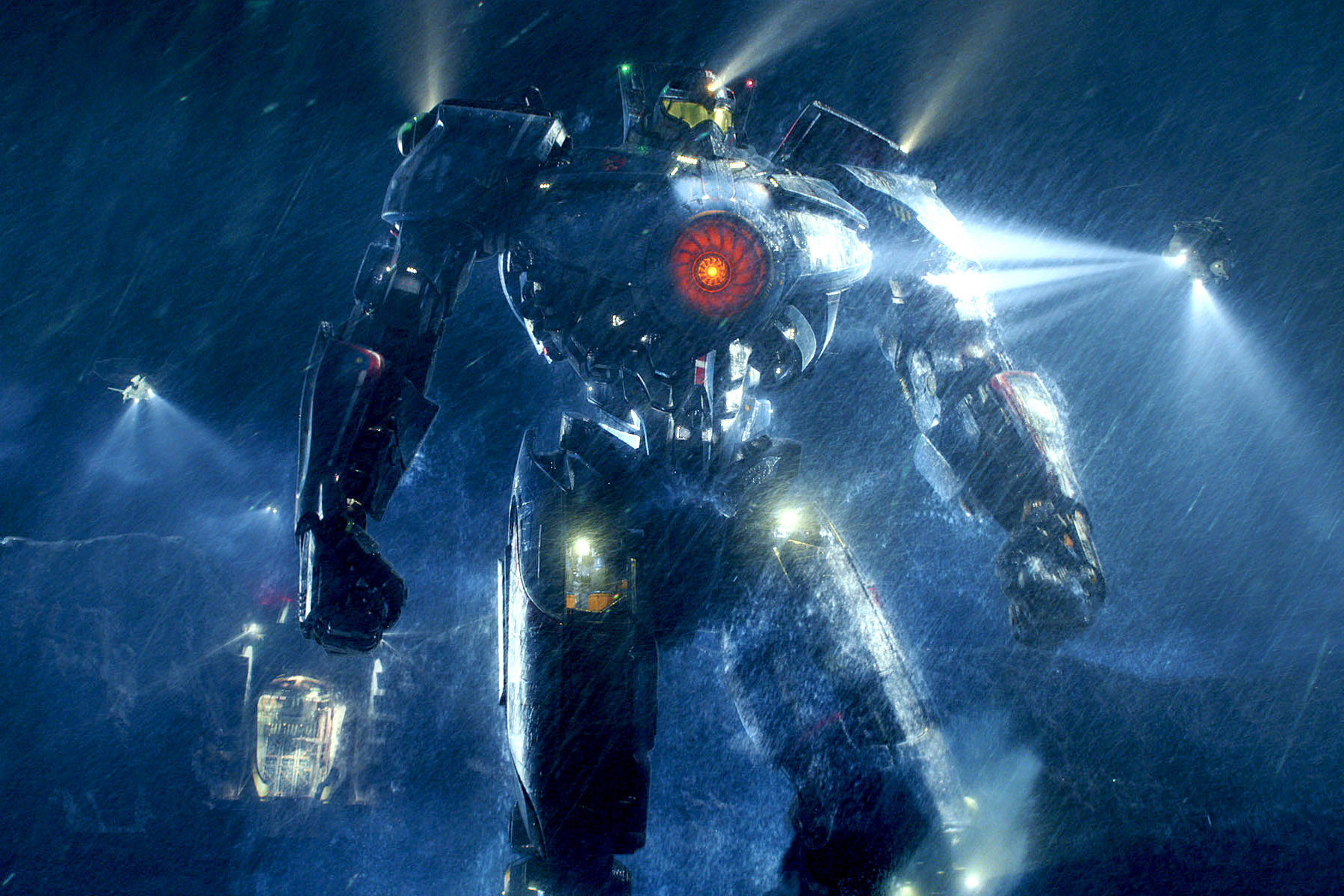The Western cinematic category is characterized by expansive vistas, lone protagonists, intense confrontations, and clear-cut ethical dilemmas. However, a select number of movies have so profoundly transformed and exemplified the genre as The Good, the Bad and the Ugly (1966). Helmed by Sergio Leone and propelled by Ennio Morricone’s legendary musical composition, this motion picture has not only attained a devoted following but has also re-envisioned the fundamental principles of Western narratives for audiences globally. A close look at its storytelling framework, visual methodologies, societal impact, and enduring heritage clarifies why it is frequently regarded as the quintessential Western.
A Revolutionary Approach to Storytelling
At its heart, the movie’s brilliance stems from Sergio Leone’s audacious challenge to conventional character molds. In this narrative, the distinctions between good and evil are masterfully obscured. The three main figures—Blondie (the Good), Angel Eyes (the Bad), and Tuco (the Ugly)—do not merely stand as stark moral contrasts, but rather as intricate, imperfect, and unpredictable personalities. None of them personify the archetypal virtuous cowboy or the unequivocally wicked outlaw seen in previous Westerns. Instead, each character is driven by their primal urge to survive, their avarice, and their distinct personal principles.
Leone crafts the storyline around a quest for hidden riches amidst the American Civil War, positioning the broader conflict as a setting rather than the primary focus. This approach allows the filmmaker to highlight the individual paths and evolutions of the main figures. The story intricately blends their drives and loyalties, culminating in an iconic three-way confrontation—a scene that has since been emulated countless times in film.
Visual Storytelling and Iconic Cinematography
Leone’s visual approach was groundbreaking for his era. The filmmaker’s technique of contrasting intense close-ups with expansive landscape panoramas generates a distinctive experiential tension within the movie. Cinematographer Tonino Delli Colli utilizes natural illumination to highlight the dust, perspiration, and ruggedness etched onto every character’s face, thereby boosting realism and simultaneously fostering a mythic quality.
Perhaps the film’s most celebrated visual sequence is the climax at Sad Hill Cemetery. Through rapid editing, shifting perspectives, and excruciatingly prolonged silence, Leone generates an almost unbearable suspense. The dance of eyes and hands before the gunfire is not mere theatrics but an embodiment of psychological warfare, forever altering how shootouts are conceptualized on screen.
Rewriting the Soundscape: Ennio Morricone’s Score
If Leone reimagined the visual lexicon of Westerns, Ennio Morricone fundamentally altered their auditory landscape. The central musical motif of the movie, distinguished by its coyote-esque cries, eerie whistles, and unconventional instrumentation, stands as one of the most iconic scores ever created. This musical composition transcends mere accompaniment; it operates as a driving narrative element, intensifying feelings, delineating personalities, and occasionally even punctuating the unfolding events with a theatrical magnificence.
Morricone’s musical compositions for every principal character—a distinctive whistle for Blondie, a melodic flute for Angel Eyes, and expressive human voices for Tuco—function as aural leitmotifs, deepening their portrayal and inner lives without requiring explanatory conversation. The collaborative effort between the director and the composer in this movie established a lasting standard for the fusion of music and cinematic art.
Ethical Complexity and the Frontier Legend
Most previous Western movies glorified the frontier, portraying the West as a setting where virtue could overcome wickedness in an untamed landscape. Leone’s movie subverts this notion, depicting the Union and Confederate forces not as exemplars of righteousness or depravity, but as organizations prone to irrational brutality and dishonesty. The pointlessness and disorder of conflict are ever-present, making the quest for riches simultaneously ludicrous and profound.
The intricate ethical dilemmas faced by the central characters highlight the subtle boundary separating virtue and vice when driven by self-preservation and avarice. This inherent uncertainty provides a more genuine portrayal of the human experience, prompting viewers to challenge rigid moral frameworks and the straightforward heroism often found in traditional Westerns. Under Leone’s direction, the American frontier transforms into a symbolic representation of life’s unpredictability, perils, and moral complexities.
Impact and Emulation: Establishing the Benchmark
The film’s influence transcends its genre. Directors such as Quentin Tarantino, Martin Scorsese, and the Coen Brothers have cited it as formative. The “Mexican standoff”—popularized by the cemetery climax—has become a global cinematic shorthand for tension, duplicity, and shifting power.
In addition, the film gave rise to the “spaghetti Western” subgenre, inspiring dozens of European and American productions that adopted Leone’s stylistic and thematic codes. The gritty realism, anti-heroic protagonists, and moral complexity became staples, eventually bleeding into American neo-Westerns, revisionist interpretations, and even unrelated genres, from science fiction to graphic novels.
On a technical front, Leone’s pioneering editing techniques, his utilization of the widescreen Techniscope format, and his groundbreaking integration of musical scores established the foundation for contemporary action filmmaking, shaping the editing pace and audio engineering found in today’s major motion pictures.
An enduring cinematic masterpiece
Multiple layers of artistry converge in The Good, the Bad and the Ugly. The film’s narrative intricacies, psychological characterization, visual grandeur, and sonic ingenuity form a holistic cinematic experience. Its commentary on violence, morality, and the unpredictability of fate resound even beyond its Western backdrop, offering a timeless meditation on human nature and power.
Through relentless innovation and fearless storytelling, Leone’s masterpiece refuses to fade into nostalgia. Instead, it endures as a touchstone—one that continues to challenge, entertain, and inspire. As each new generation re-engages with its dust-blown duels and existential questions, the film remains not just a pinnacle of Western cinema, but a landmark in the global language of film itself.



